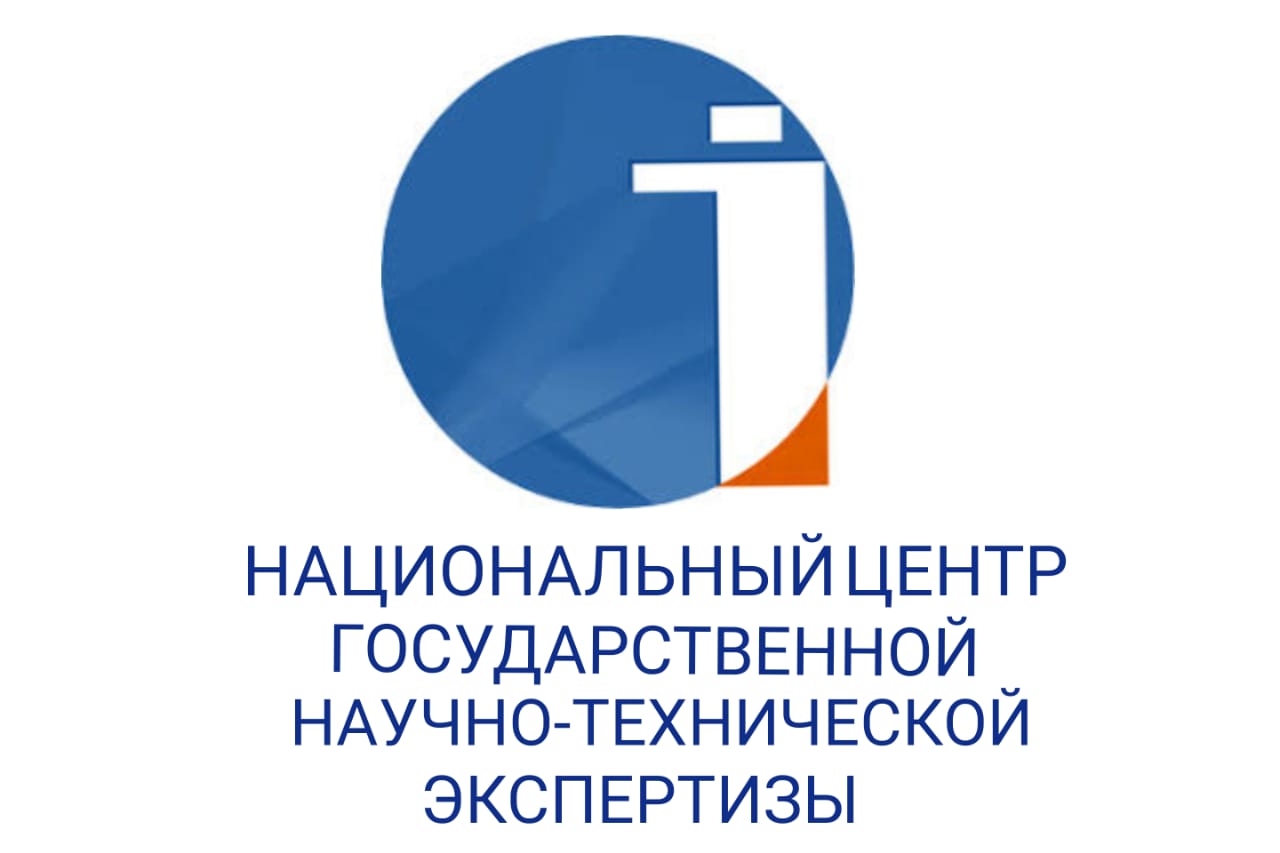FEATURES OF PRAGMATIC ADAPTATION IN TRANSLATIONS OF ABISH KEKILBAYEV'S STORY “BALLAD OF FORGOTTEN YEARS” FROM KAZAKH INTO RUSSIAN AND ENGLISH
DOI:
https://doi.org/10.48371/PHILS.2025.3.78.0033Keywords:
foreign-language education, higher education, competence, professional-oriented competence, intercultural competence, teaching technology, innovative approach, didactic basisAbstract
The article is devoted to the study of the features of pragmatic adaptation in the translations of Abish Kekilbayev's "Ballad of Forgotten Years" from Kazakh into Russian and English. Translations of literary texts deeply rooted in cultural and philosophical traditions require not only linguistic mastery, but also a deep understanding of the cultural context. The purpose of the study is to identify effective strategies and techniques that allow preserving the pragmatic potential of the original. The study is important for a deeper understanding and assessment of Kazakh literature in the global context. It also expands the horizons for future research in the field of translation of works with a pronounced cultural context. The novelty of this study lies in the innovative approach to the analysis of pragmatic adaptation of the translations of Abish Kekilbayev's "Ballad of Forgotten Years" from Kazakh into Russian and English. For the first time, a comparative analysis was conducted, emphasizing the differences in translation approaches and the preservation of the cultural specificity of the original. The work combines cultural, linguistic and philosophical aspects, proposing new strategies of pragmatic adaptation and expanding the horizons of future research in the field of translation of culturally rich texts. The methodology of the study is based on the comparative-contrastive analysis of the original text and its translations. The study showed that the Russian translation retained more cultural features, being more detailed and poetic, while the English translation turned out to be shorter and more adapted for readers unfamiliar with Kazakh culture. Both translations retain key metaphors and archetypes, but their interpretation may vary depending on the features of the target language. The value of the study lies in the fact that it makes a significant contribution to the study of translation strategies for literary works with a strong cultural context. It offers valuable knowledge about the art of translating Kazakh literature, contributing to its wider recognition in the world literary space. The practical significance lies in the fact that the results of the study can be useful to translators and researchers developing strategies of pragmatic adaptation.








